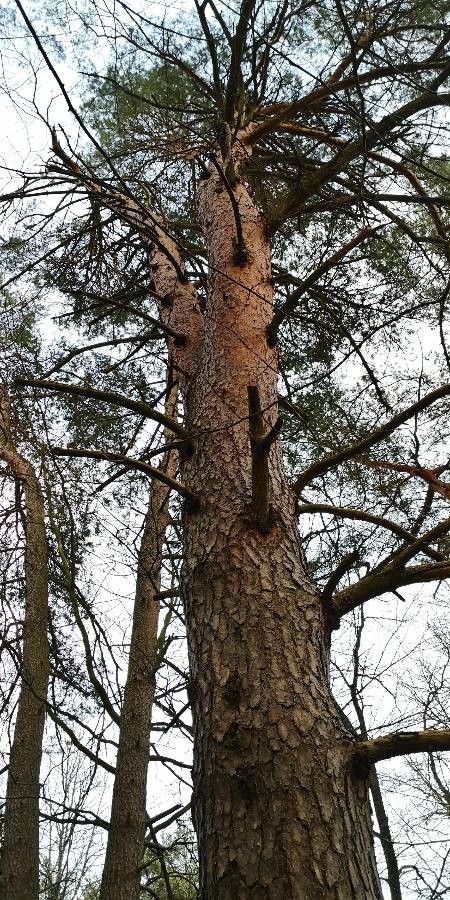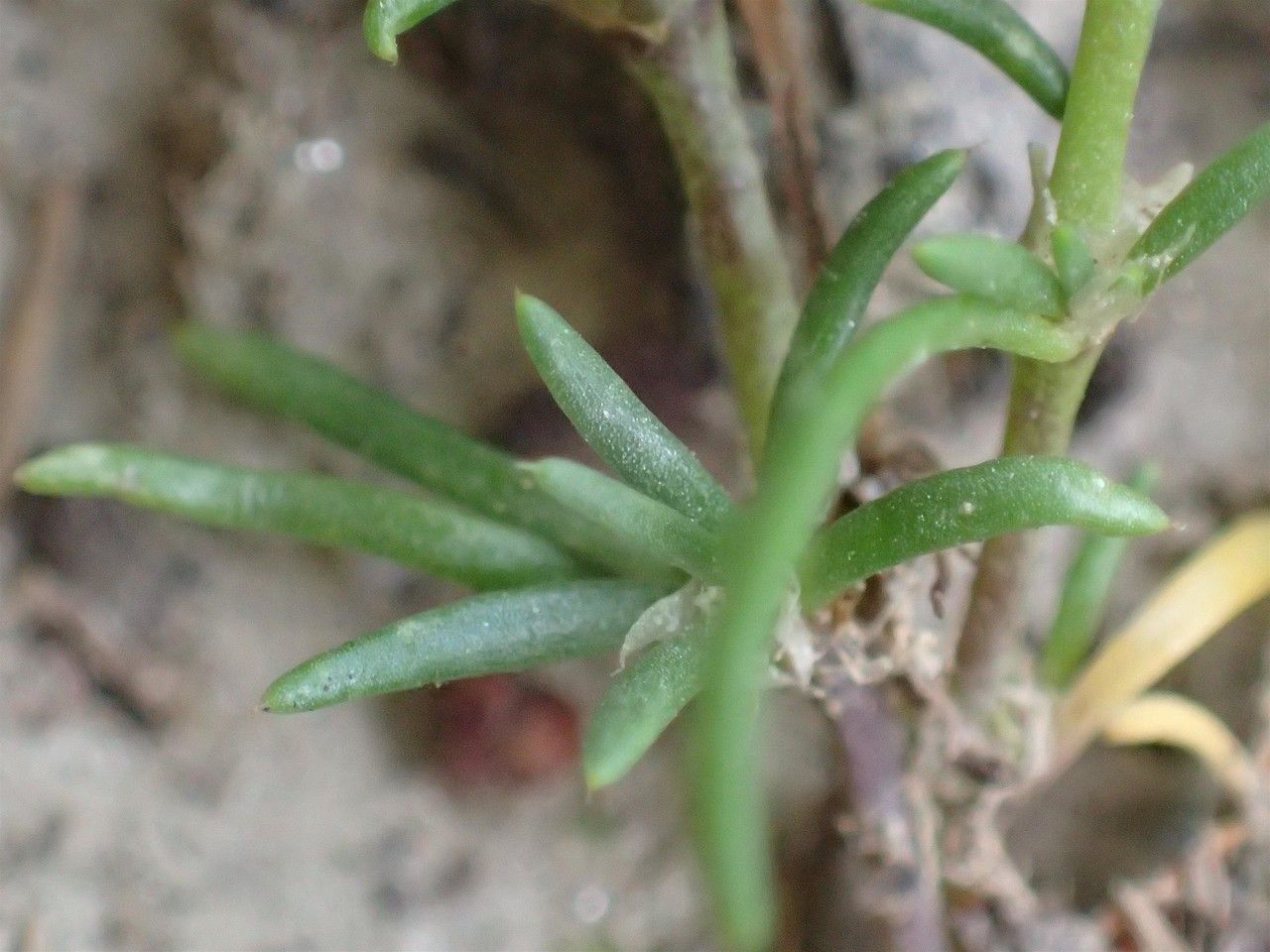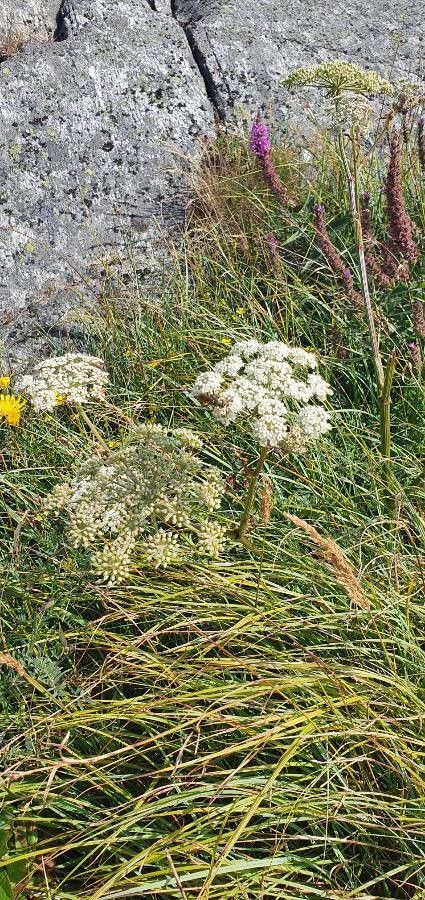### Majestic Scotch Pine: A Comprehensive Guide
The Scotch Pine ( *Pinus sylvestris*), a member of the Pinaceae family, stands as a symbol of resilience and enduring beauty. Native to vast regions of Europe and Asia, this adaptable evergreen has earned its place in landscapes worldwide. Its distinctive reddish-brown bark, coupled with its vibrant green needles, makes it a striking addition to any garden, park, or woodland setting.
### Habitat and Growth
Scotch Pines are remarkably adaptable, thriving in a wide range of conditions. They are remarkably hardy and tolerant of harsh weather, preferring full sun exposure for optimal growth. While they can tolerate partial shade, especially when young, insufficient sunlight can lead to leggy growth and reduced vigor.
### Soil Needs
Scotch Pines are not overly picky about soil type, but well-drained soil is crucial. They tolerate slightly acidic to slightly alkaline conditions (pH 5.5-7.5) and can even cope with poor, sandy soils. However, they prefer soils that are not waterlogged. Avoid planting in areas with consistently wet or compacted soil.
### Planting Your Scotch Pine
Planting a Scotch Pine is relatively straightforward. The best time to plant is during the dormant season – autumn or early spring. Dig a hole twice as wide as the root ball and just as deep. Gently remove the container, taking care not to damage the roots. Place the tree in the hole, ensuring the top of the root ball is level with the ground. Backfill with soil, gently firming it around the base of the tree. Water thoroughly after planting.
### Ongoing Care
Young Scotch Pines benefit from regular watering, especially during dry spells. Once established, they are relatively drought-tolerant. Fertilization is generally not necessary unless the soil is extremely poor. Regular pruning is typically not required, but you can remove any dead or damaged branches.
### Pests and Diseases
Scotch Pines are generally resistant to pests and diseases. However, they can be susceptible to certain fungal infections, such as pine needle blight, under specific conditions. Maintaining good air circulation and avoiding overhead watering can help minimize the risk of disease. If you suspect an infestation or disease, consult with a local arborist or plant expert.
### Scotch Pine Varieties
Numerous cultivars of Scotch Pine exist, offering variations in size, shape, and needle color. Some popular cultivars include 'Watereri' (a dwarf variety), and 'Fastigiata' (a columnar form). Research different cultivars to choose the best fit for your space and preferences.
### Scotch Pine in Landscaping
Scotch Pines are versatile trees suitable for a variety of landscaping applications. Their adaptability and hardiness make them a popular choice for windbreaks, screens, and specimen plantings. Their conical shape and evergreen foliage provide year-round interest and structure in the garden.
### Conclusion
The Scotch Pine is a magnificent tree, offering beauty, resilience, and versatility. By following these guidelines, you can successfully grow and enjoy this iconic evergreen for years to come. Remember to always research the specific needs of your chosen cultivar to ensure its optimal health and growth.
Scotch Pine: Planting, Care & Growing Guide

Frequently Asked Questions
How to plant a Scotch Pine tree?
Plant in autumn or early spring in a hole twice as wide as the root ball. Ensure the top of the root ball is level with the ground, backfill, and water thoroughly.
What type of soil does a Scotch Pine need?
Scotch Pines prefer well-drained soil, tolerating slightly acidic to slightly alkaline conditions (pH 5.5-7.5). Avoid waterlogged or compacted soil.


